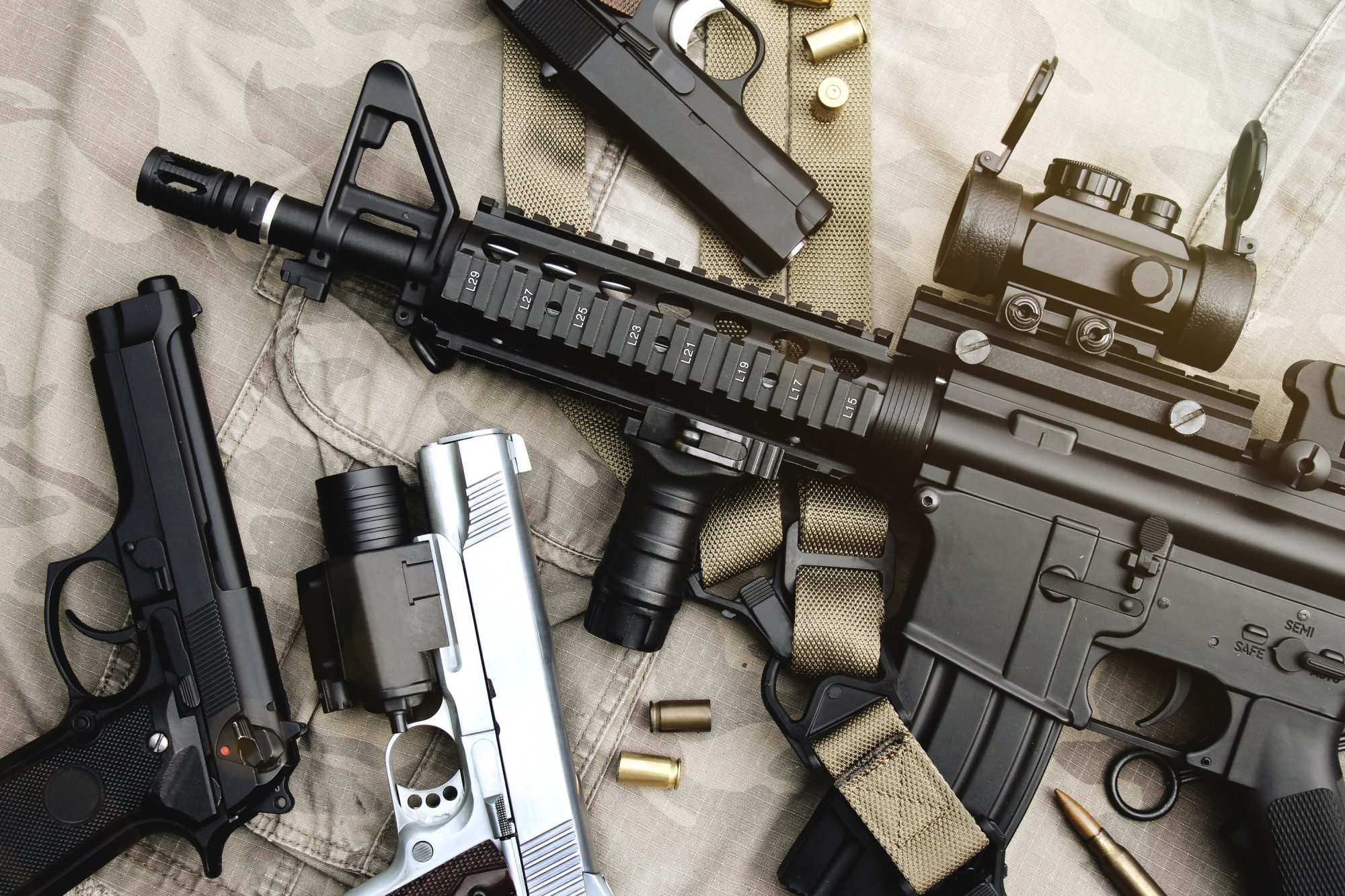The Ultimate Guide to the Picatinny Mount for Rifles

Ever wonder what the tiny rails on top of rifles and other firearms do?
No, they’re not just an aesthetic design choice of the manufacturer, although they do look cool. These rails have a purpose, providing a mounting platform for accessories and attachments. The Picatinny mount or rail is a bracket of slotted rails for attaching scopes, tactical lights, and other accessories.
This type of mounting system has become extremely popular, and some even come standard with several firearms. Learn more about the Picatinny rail mount system and what you can do with it by reading the rest of the article.
History of the Picatinny Mount
While accessories such as scopes and bayonets have been around for decades, a standardized way to attach them was nonexistent. Each company had its own scope mount or rifle mount for reflex sights, requiring a unique mounting platform every time.
The U.S. Army has become frustrated with the disparate products available in the market. Thus they commissioned the Picatinny Arsenal in New Jersey to develop a standard for a mounting bracket.
Picatinny developed a specification based on work done by the A.R.M.S. company way back in 1980. The specification became the standard designated as MIL-STD-1913. The U.S. Military officially adopted and fielded the Picatinny rail on February 3, 1995.
Description and Differences From the Weaver Rail
The Picatinny mounting bracket consists of a series of ridges interspersed with grooves. The ridges have a T-shaped cross-section, in which the top of the “T” has a hexagonal shape.
The grooves or slots measure 0.206-inch in width and allow the accessories to slide into place. Slot spacing is standardized at 0.394 inches from center to center. This standardized spacing is what makes it different from the Weaver rail.
The Weaver slot is 0.180 inches wide, but there are no standards for slot spacing. This is why you can fit a Weaver scope in a Picatinny scope mount but not the other way around. An accessory designed for a Picatinny rail typically won’t work on a Weaver rail, that is, unless you make some modifications.
Applications
The rail was primarily designed to simplify the mounting of accessories to high-powered rifles, such as scope mounts for AR 15. The Picatinny rail can be installed on the handguard in different positions, such as the top, bottom, or left or right sides. Some rifles, such as the Ruger Mini-14 Ranch, have a Picatinny rail included when you buy them.
Today, many assorted products are available in the market, just waiting to be mounted on a rifle or a shotgun. You have your standard scopes, flashlights, and reflex sights. You can also attach laser sights, bipods, and even a bayonet if you wish to.
You can find the Picatinny mounting system on handguns as well. Some pistols have the rail along the top of the slide, while others have it at the bottom front portion. The most common accessories using this mounting system are tactical lights and laser sights.
Customize Your Arsenal
With a Picatinny mount, you can attach any accessory you fancy to your weapon. Whether it’s a long-range scope, a foregrip, or a sling, the possibilities are endless. Deck out your firearm and make it your own.
Did you enjoy this post? Please check out our website for more sports and recreation articles and other exciting topics!



